MIAMI, FL / ACCESSWIRE / July 10, 2019 / Coral Restoration Foundation:
Coral Restoration Foundation has now outplanted a total of 100,000 critically endangered corals to the threatened Florida Reef Tract.
Coral Restoration Foundation is at the forefront of the world's coral restoration efforts.
Coral Restoration Foundation invented the famous "Coral Tree", now commonly used by groups around the world to grow large numbers of corals quickly and cost-effectively.
This latest milestone is the result of a massive scaling up of Coral Restoration Foundation efforts: they outplanted more than 23,000 of these corals in 2018 alone, and, so far in 2019, they have returned more than 20,000 corals to the Florida Reef Tract
This work has been made possible through collaborations and community support - a significant number of these corals were outplanted by volunteers.
A number of groups and agencies have also been pivotal to this effort, including the NOAA Restoration Center, the Florida Keys National Marine Sanctuary, Ocean Reef Club, the Coral Restoration Consortium, the Monroe County Tourist Development Council (TDC), and others.
Coral Restoration Foundation has announced a huge milestone in the fight to restore and save the world's third largest barrier reef: as of July 2019, they have officially returned 100,000 "reef ready" corals to the Florida Reef Tract since 2007. But the majority of these animals were returned to the wild in the last four years, as the organization has scaled up its efforts dramatically. This huge achievement demonstrates the power of collaborative action to save and restore our coral reefs, but it is just the beginning.
Coral Restoration Foundation is undertaking the largest coral restoration effort in the world. Since inventing the now-famous "Coral Tree", today they manage seven huge offshore coral nurseries capable of producing more than 44,000 genetically-diverse, "reef-ready" corals every year.
The species they are working with are critically endangered, particularly the staghorn and elkhorn corals which have seen their populations decline by up to 97-percent along the Florida Reef Tract in the last 40 years. These vital reef-building species used to dominate Florida's shallow reefs, underpinning the region's tourism and fishing industries. Corals outplanted by Coral Restoration Foundation have been observed spawning in the wild since 2012 - evidence that the animals are thriving in their natural habitat, and that these methods really work.
Restoration work of this scale has only been made possible as a result of an unprecedented, collaborative network of active stakeholders. On a daily basis, volunteers from Florida and beyond join the Coral Restoration Foundation team out on the water.
Financial support to the Coral Restoration Foundation in the form of grants, individual donations, and corporate sponsorships has also been critical in bringing this many corals back to the reef. Three sources of funding have been particularly instrumental in kicking this work into a higher gear; a five-year grant from Ocean Reef Club for the restoration of Carysfort Reef, a three-year grant from the National Oceanic and Atmospheric Administration (NOAA), and regular awards from the Monroe County Tourist Development Council (TDC).
R. Scott Winters, Coral Restoration Foundation CEO, attributes the organization's success to its approach: "Coral Restoration Foundation has been able to maximize the impact of this funding by taking a collaborative, holistic approach to our restoration efforts. This latest milestone is a testimony to what is possible when a community comes together.
"We have built a robust science department that monitors restoration sites and collaborates with other leaders in coral research and restoration such as NOAA's Coral Conservation Program, the Florida Keys National Marine Sanctuary, and others.
"We have been engaging the local community with impactful events like Coralpalooza, which mobilizes hundreds of divers on World Oceans Day every year, the Raise the Reef annual fundraising gala at Ocean Reef Club, and regular public dive -programs that let all ocean lovers have an active role in restoring reefs. The fact that our volunteer base is growing demonstrates that more people than ever before are committed to ensuring a future for our coral reefs. Our educational programs are now empowering the next generation to become ocean stewards."
But this is just the beginning. Winters continues, "We know what needs to be done and how to do it. We have demonstrated that successful large-scale restoration is possible. But we need to keep going. We are working on more efficient outplanting techniques that will enable us to restore the ecosystem function of the reef more immediately. We want to get corals that are already mature enough to spawn out into the wild as quickly as we can. We are developing monitoring methods that let us get a more meaningful insight into the impact of our work. There is still much to do. Saving our coral reefs means everyone getting on board and supporting this effort in any way they can."
Coral Restoration Foundation
Coral Restoration Foundation (CRF) is a non-profit marine conservation organization dedicated to restoring reefs to a healthy state in Florida and globally. Through large-scale cultivation, outplanting and monitoring of genetically diverse corals, CRF works to support the reefs' natural recovery processes. CRF engages and empowers others in their mission with dive programs, educational activities, scientific collaborations, and community outreach. www.coralrestoration.org.
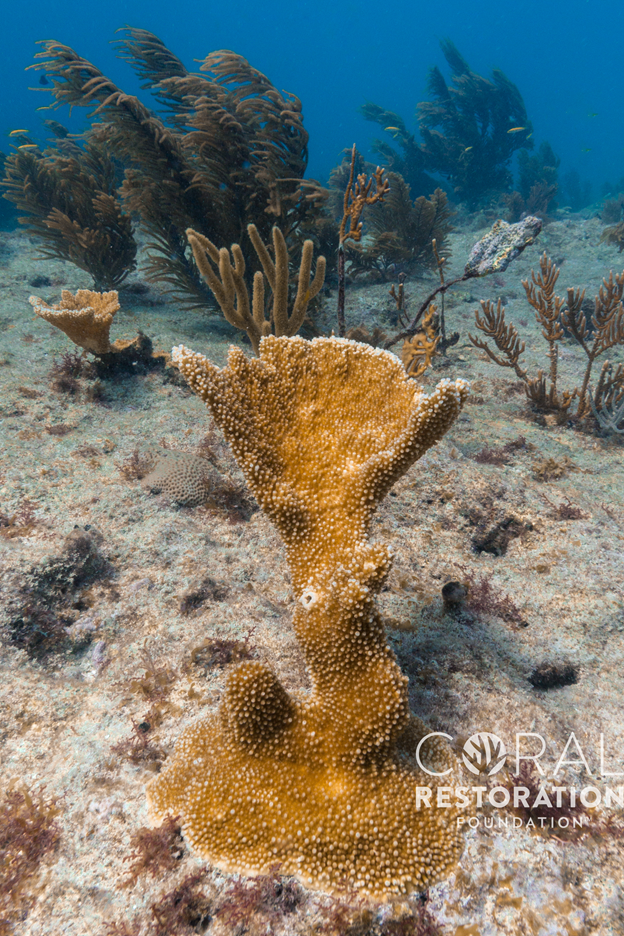
A growing CRF elkhorn outplant, fusing to the substrate
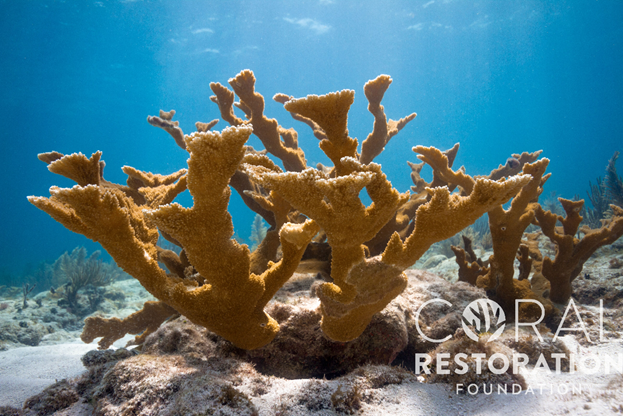
A healthy elkhorn thicket
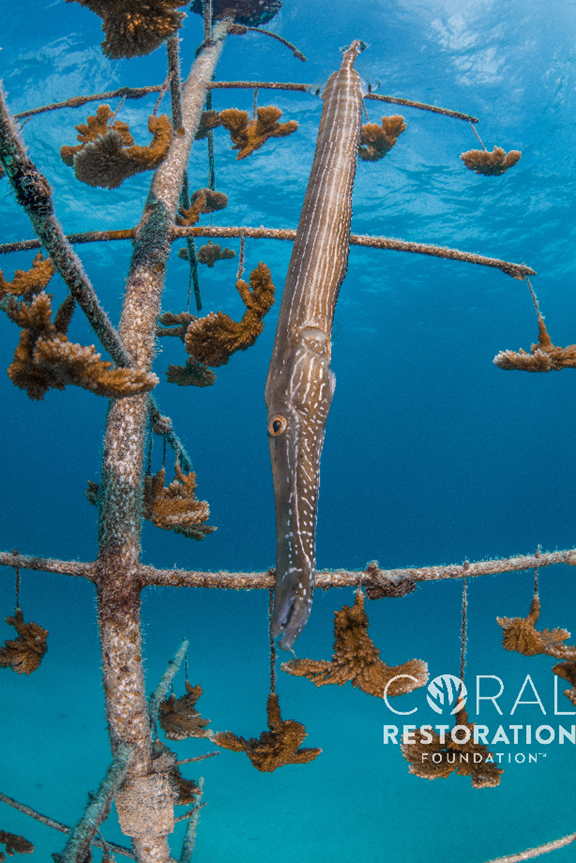
A trumpet fish that calls the CRF Coral Tree Nursery home
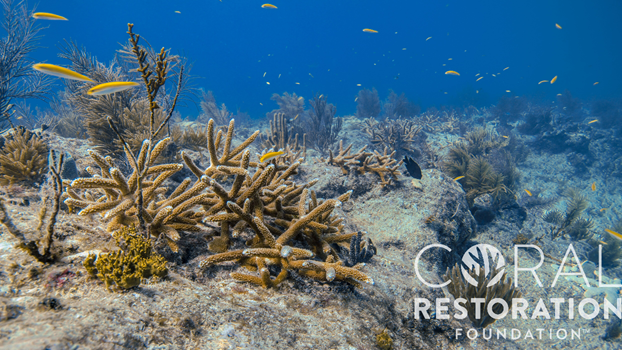
An outplanted staghorn thicket is now part of a reef system
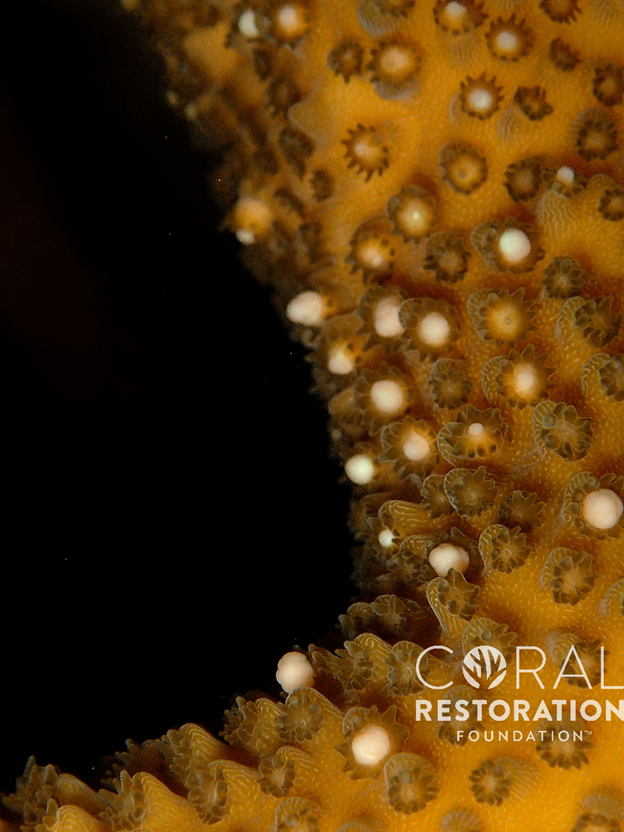
Coral cultivated by CRF releasing spawn
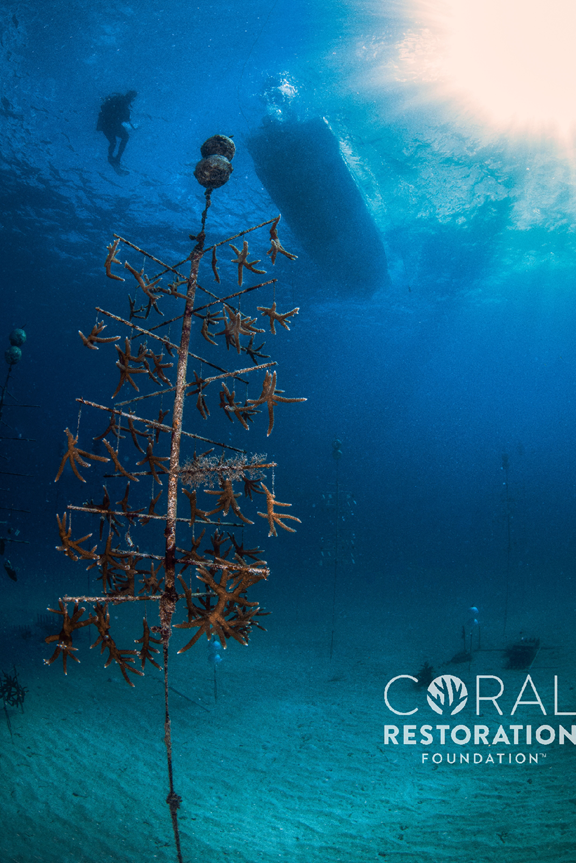
Coral Restoration Foundation Nursery Coral Tree and Diver Image
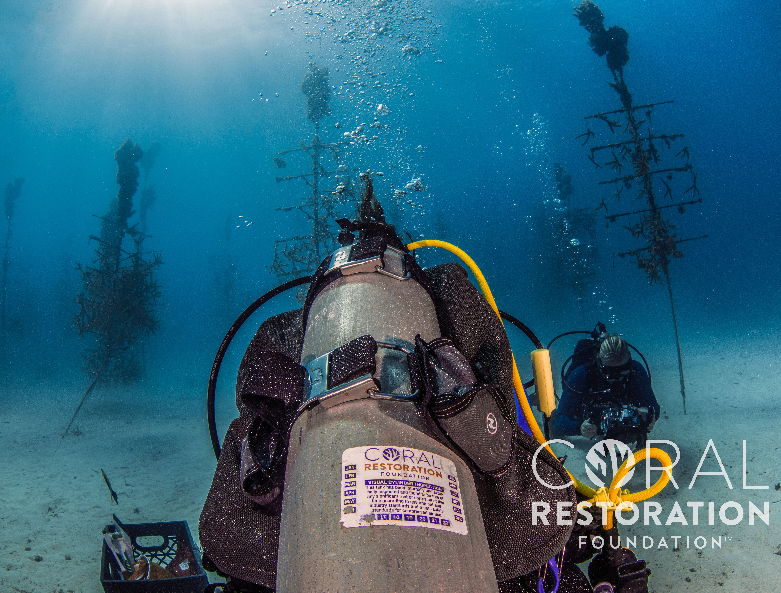
CRF Divers at Work in the Tavernier Coral Tree Nursery
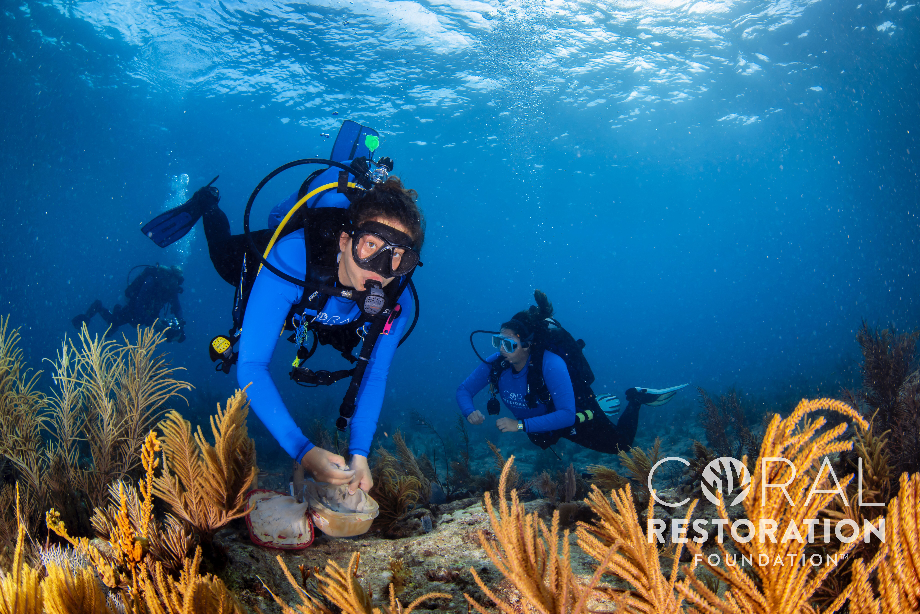
CRF divers out planting coral colonies
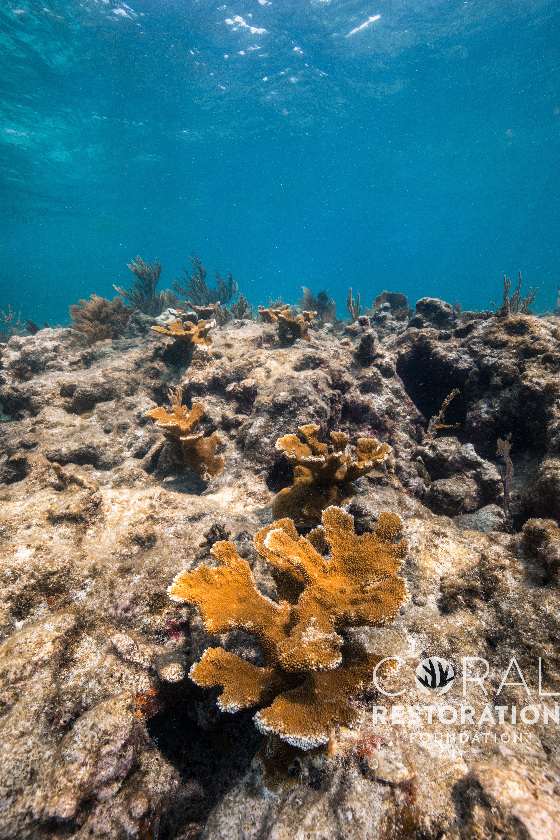
CRF outplanted elkhorn corals thriving in the wild
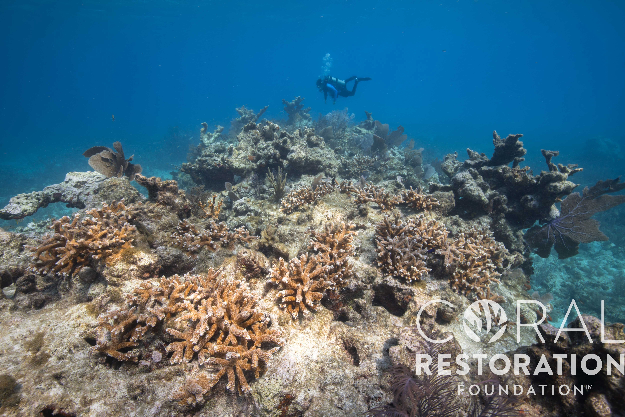
CRF outplanted staghorn corals thriving in the wild
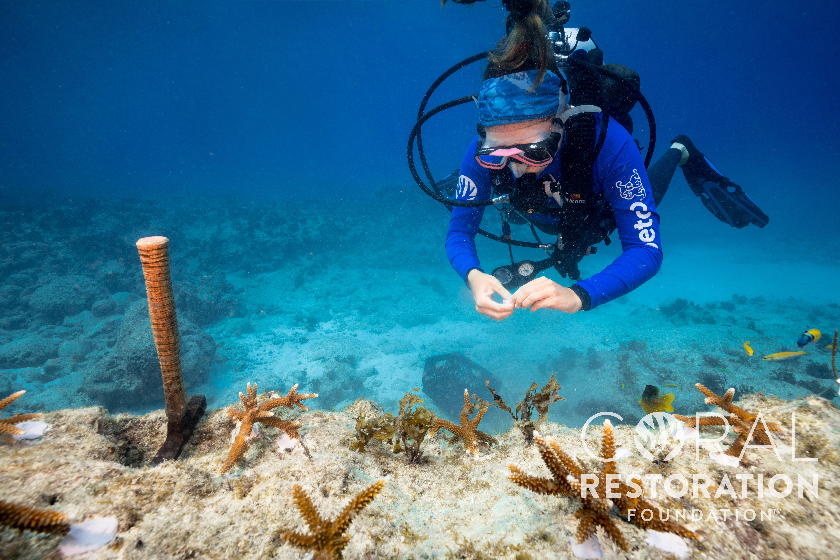
CRF Restoration Program Manager Amelai Moura outplanting staghorn corals
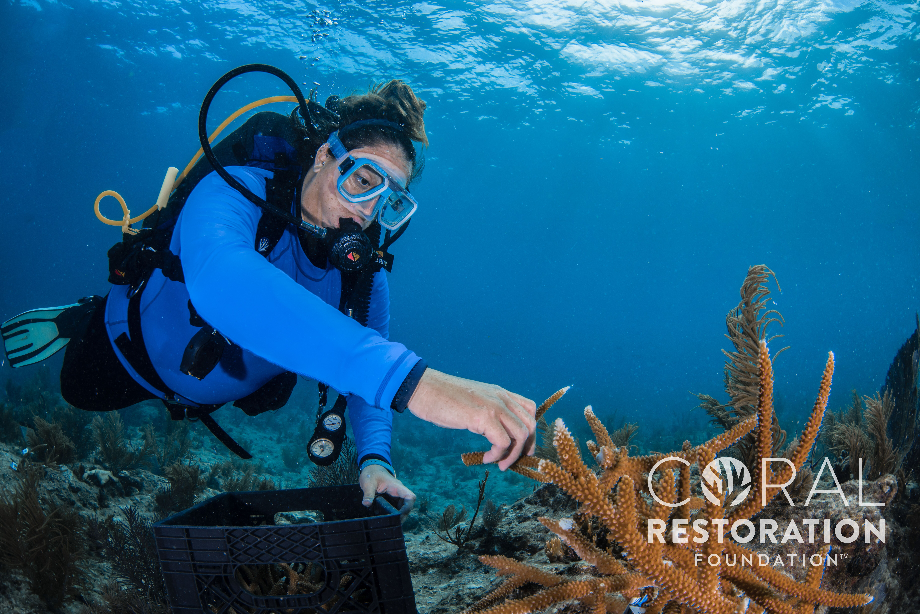
CRF Restoration Program Manager Jessica Levy Brings New Corals to Plant on the Reef
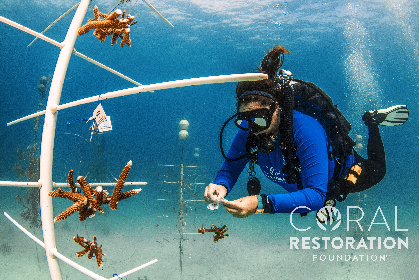
CRF Restoration Program Manager Jessica Levy Works on Hanging New Corals in the CRF Nursery
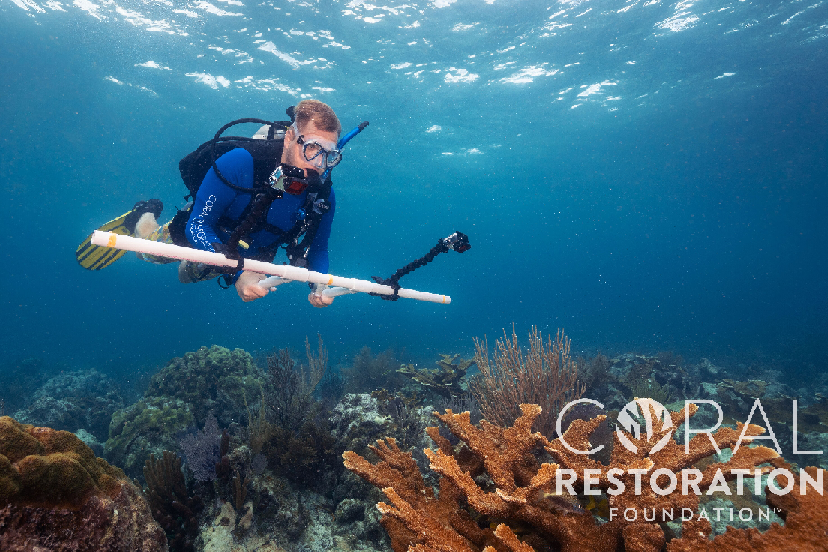
CRF Intern Garrett Fundakowski taking a photomosaic used to monitor the ecosystem level impact of CRF's restoration work
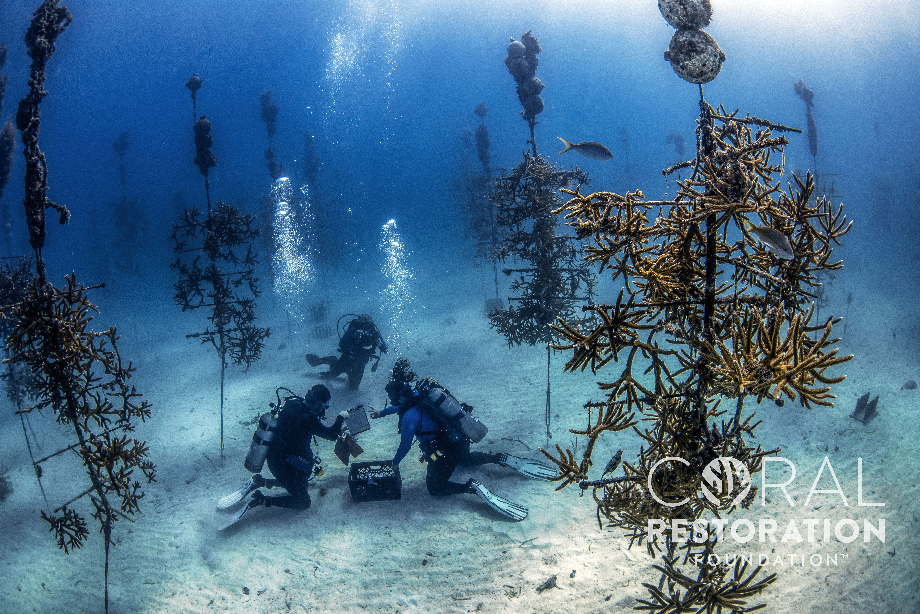
Divers at work in the CRF Coral Tree Nursery
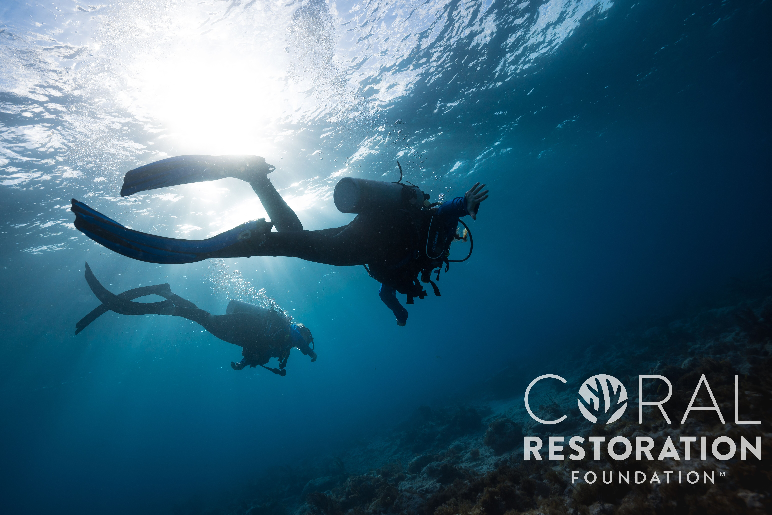
Divers can help CRF with restoring coral reefs on dive programs or as volunteers
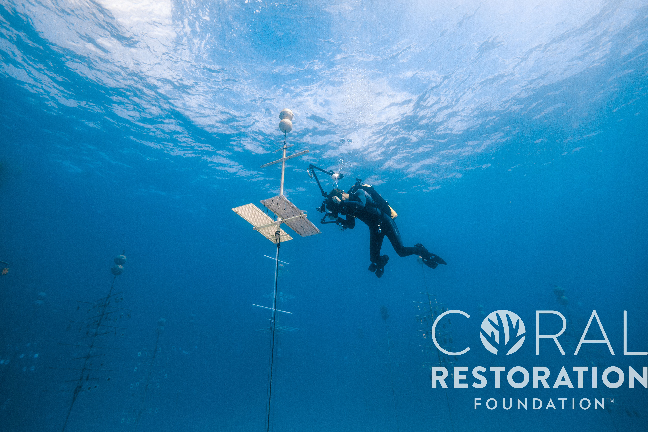
Documenting the growth of corals on the CRF Coral Trees
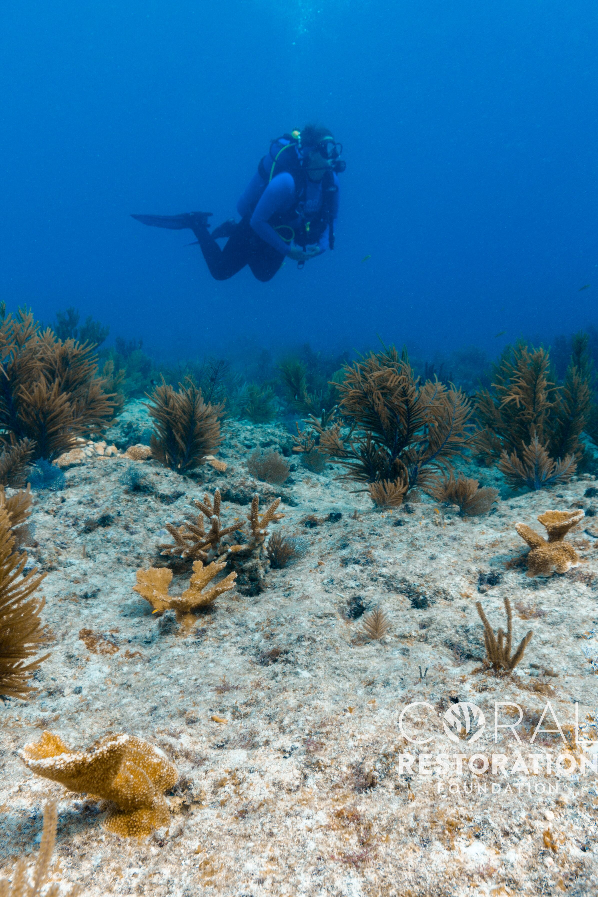
Elkhorn colonies recently outplanted by CRF
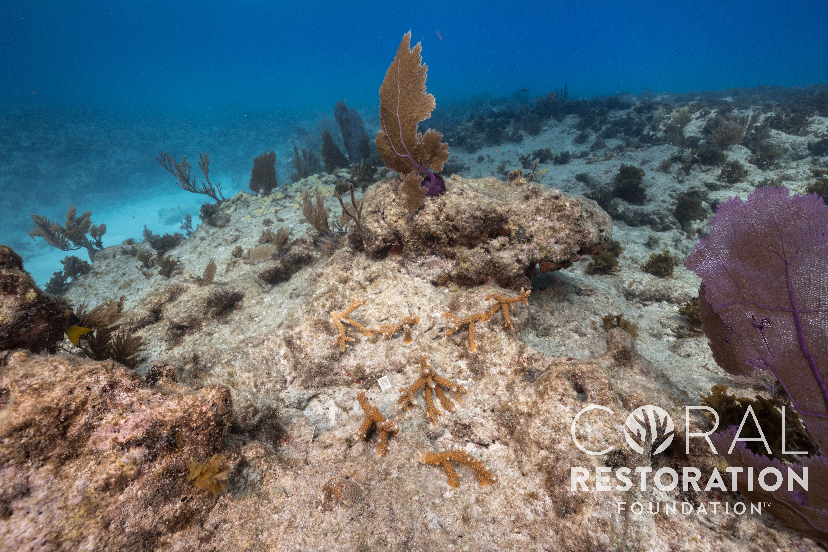
Newly-outplanted staghorn corals
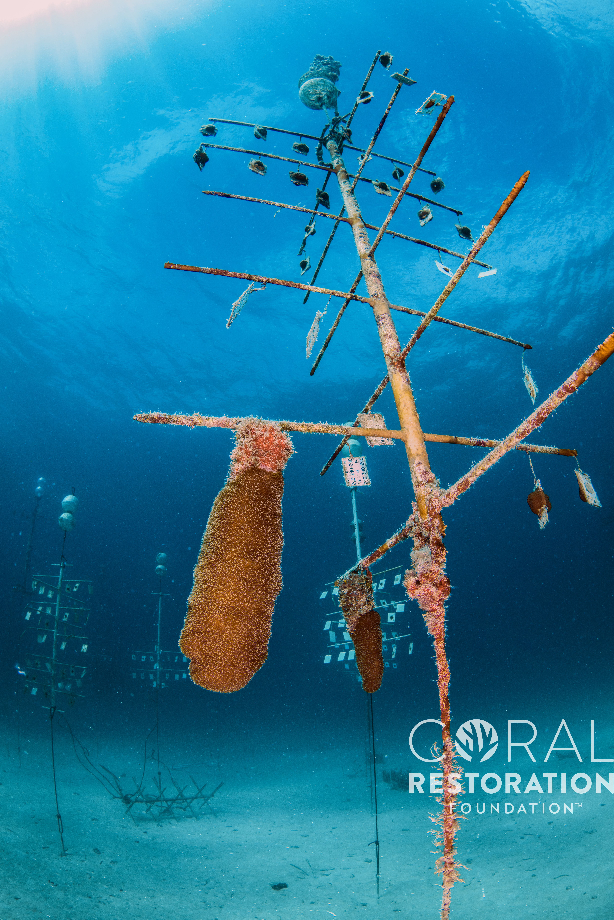
Pillar coral fragment growing on a CRF Coral Tree
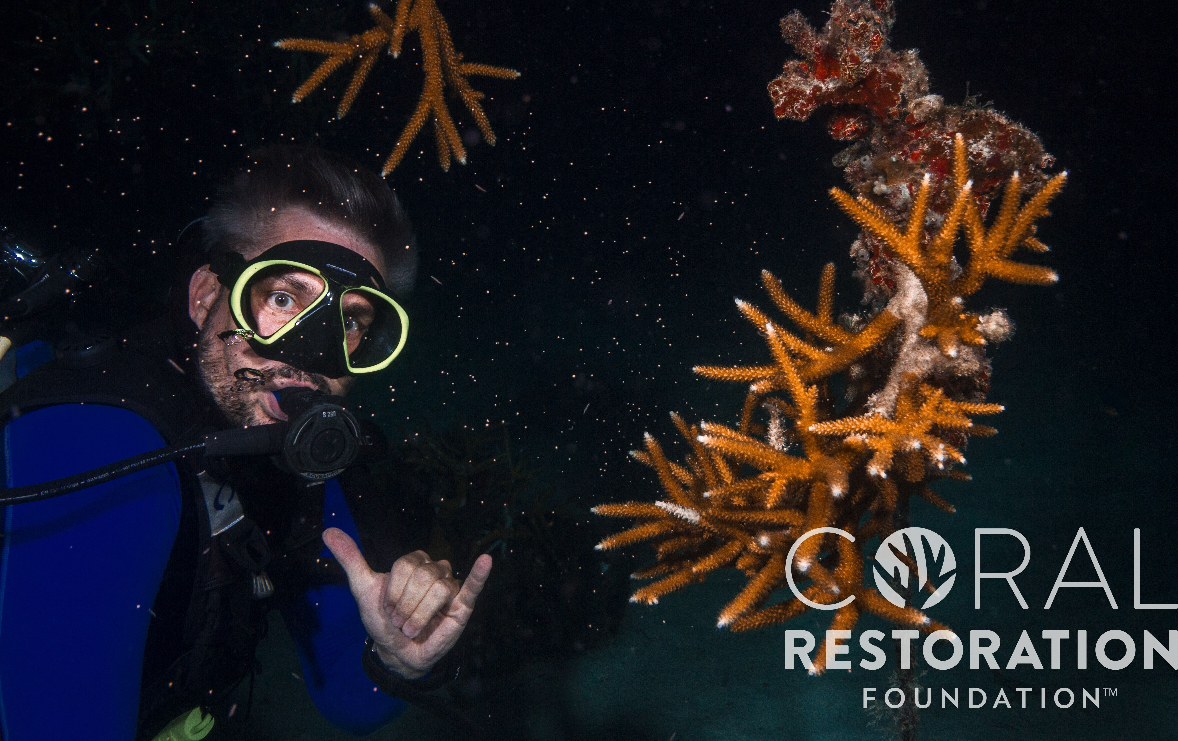
Spawning staghorn corals in the CRF Nursery being studied by scientists
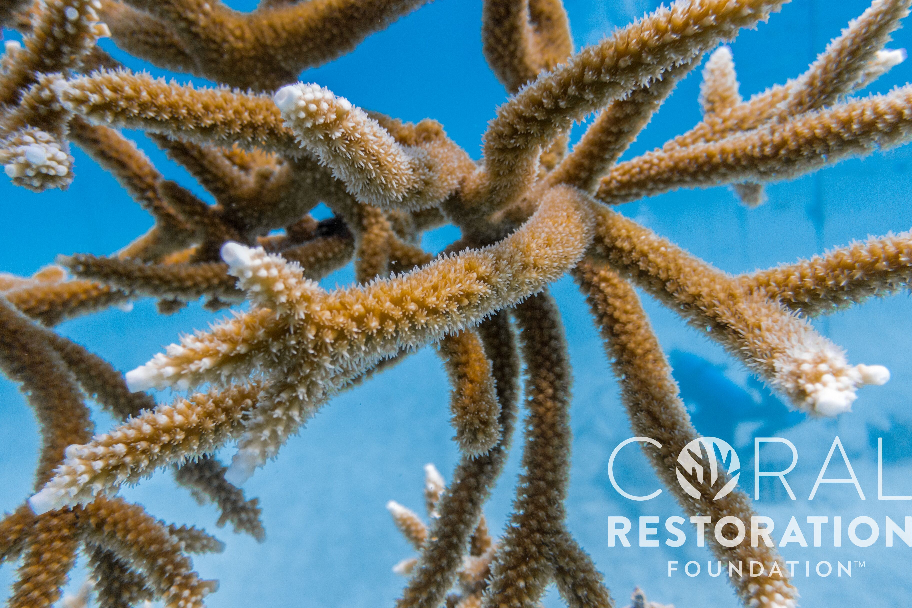
Staghorn colonies on the CRF Coral Trees growing in the sunlight and nutrient-rich water
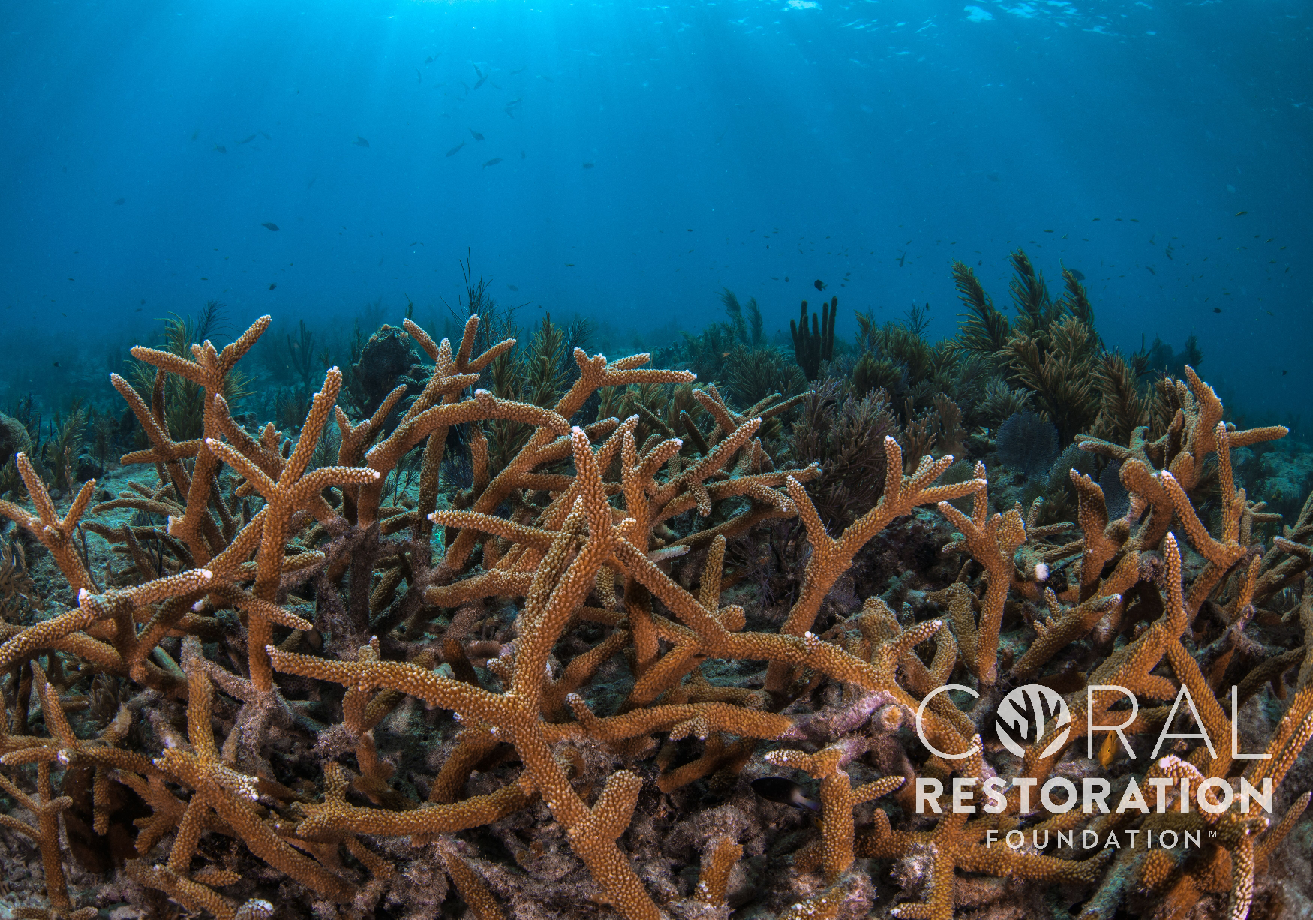
Staghorn Thicket
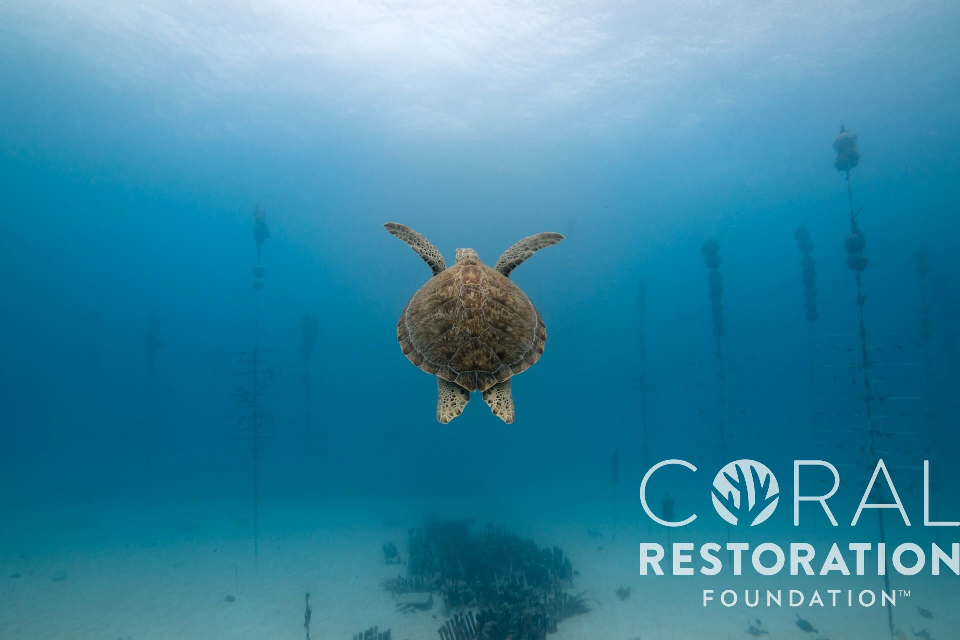
The CRF Nursery's Resident Green Turtle
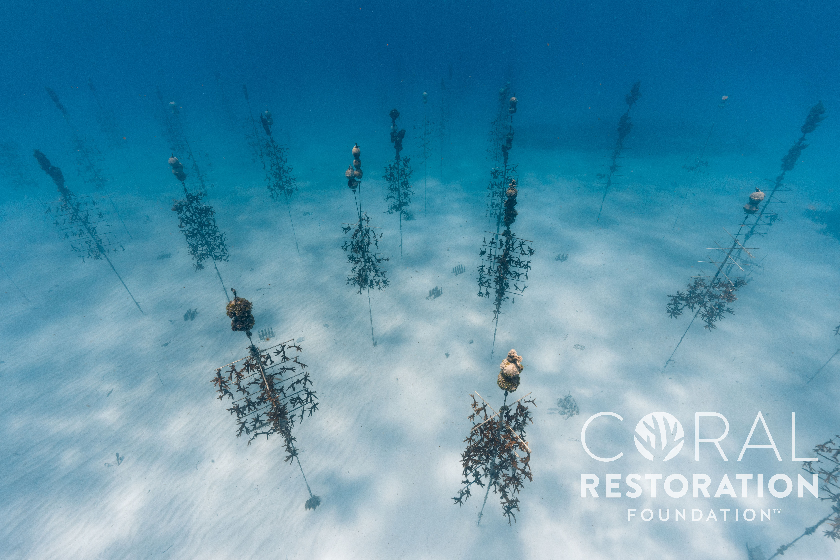
The CRF Tavernier Coral Tree Nursery
CONTACT:
Alice Grainger
415-770-8952
SOURCE: Coral Restoration Foundation
View source version on accesswire.com:
https://www.accesswire.com/551332/100000-Critically-Endangered-Corals-Returned-to-the-Florida-Reef-Tract




